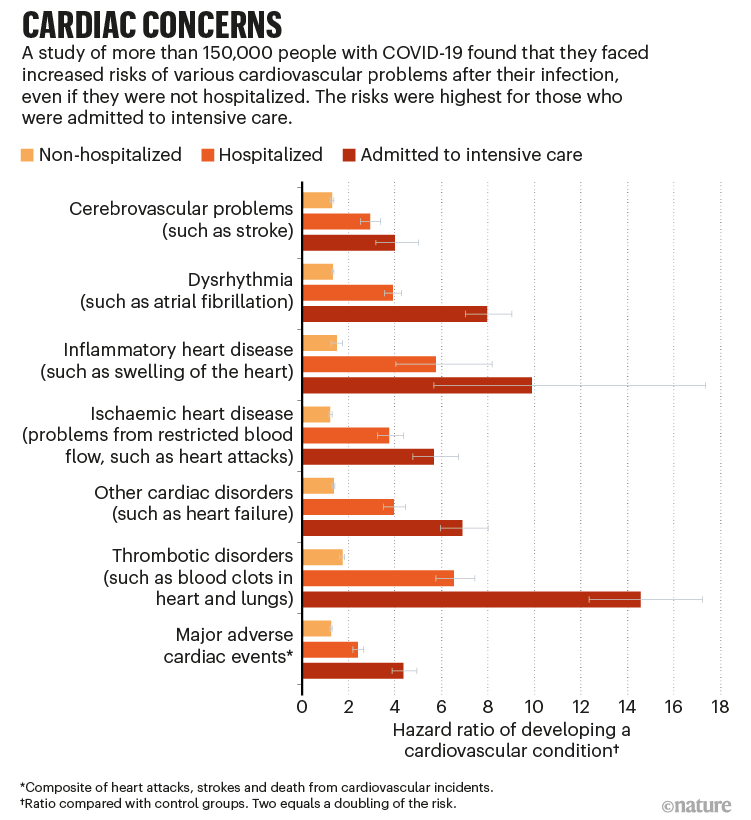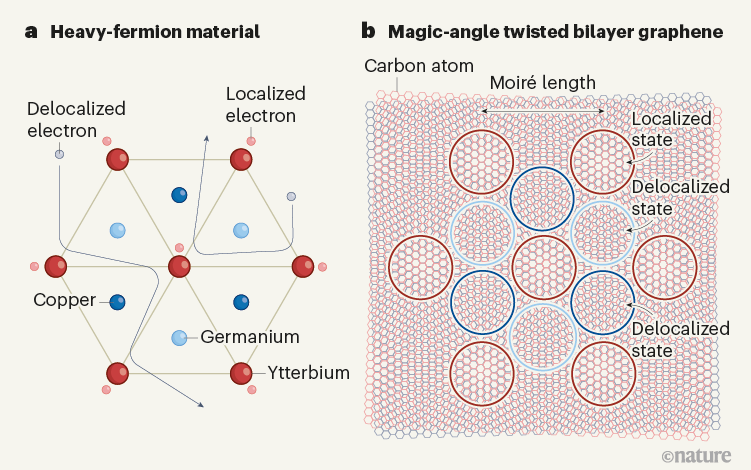Landmark climate bill’s impact
Table of Contents
The US Congress is poised to pass legislation that would make unprecedented investments in clean energy and reinvigorate efforts to halt global warming. The Inflation Reduction Act would invest around US$370 billion in a variety of low-carbon energy technologies over the coming decade. The Senate approved the bill on 7 August; the House of Representatives still has to vote on it. Various research groups have modelled its potential impact on US carbon emissions.
COVID and the heart
An analysis published earlier this year of records from the US Department of Veterans Affairs is one of the most extensive efforts to characterize what happens to the heart and circulatory system after the acute phase of COVID-191. The researchers compared more than 150,000 veterans who had recovered from acute COVID-19 with their uninfected peers, as well as with a pre-pandemic control group. People who had been admitted to intensive care with acute infections had a drastically higher risk of cardiovascular problems during the next year, and even people who had not been hospitalized had increased risks of many conditions.
Twisted graphene’s mysteries
Single sheets of carbon atoms known as graphene exhibit exceptional properties. And when two sheets are twisted relative to each other by a ‘magic’ angle, even more surprising behaviours arise. Writing in Physical Review Letters2, researchers report that a model for materials containing heavy elements can lead to a better understanding of this magic-angle twisted graphene. In such ‘heavy-fermion materials’ — such as YbCuGe (shown below, a) — electrons associated with the heavy element ytterbium are localized and can access only a very small region around the nucleus. But they can also mix with the delocalized electrons of other, lighter atoms (arrows show movement of these electrons). Similarly, the electronic properties of graphene are dominated by delocalized electrons, but some electrons become localized in twisted, magic-angle graphene (shown below, b). Describing magic-angle twisted bilayer graphene in terms of heavy fermions addresses challenges associated with developing a theory for this material.



